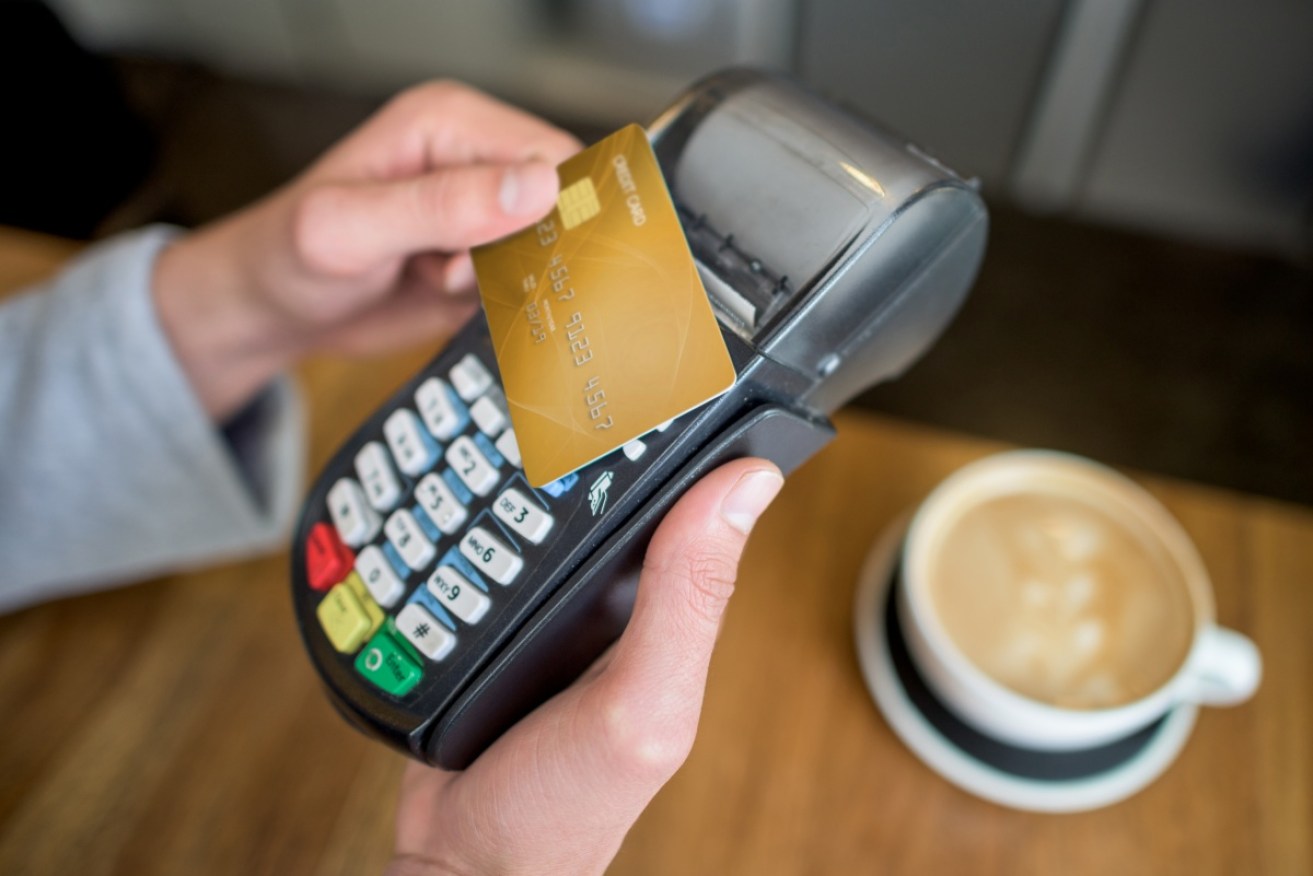Four must-know secrets about Paywave

It's not quite as simple as it looks. Photo: Getty
Australians are the world’s most prolific ‘tap and go’ payers, but the intricacies of the system still seem to concern some of us.
Almost 60 per cent have used a contactless card at least once, and 41 per cent use them frequently, according to a new study published this week by banking research firm RFi Consulting. That’s the highest rate in the world — and is much higher than in the UK and the US.
The technology allows customers to pay for purchases by tapping or hovering their cards over a terminal, without the need to insert the card or enter a PIN number.
And we seem to love it. More than three quarters (76 per cent) of Australians said it was their favourite payment method, according to research published this week by Beyond Bank.
In that survey, most rated the experience highly. But there was still a sizeable number, about 20 per cent, that rated contactless payments between 1-5 out of 10.
This could have something to do with security concerns. When asked about the current limit of $100 per transaction, a quarter of respondents told Beyond Bank it should be lower. Presumably they were concerned about theft.
Interestingly, the vast majority (82 per cent) agreed we are moving towards a cashless society. So let’s allay some concerns, and perhaps reveal some secrets, about ‘pay waving’ before that future becomes reality.
1. ‘Shields’ are probable a waste of money

You probably don’t need one of these.
A spokesman for Beyond Bank said there is a “lot of misinformation” about the security risks.
It is a common misconception that thieves can ‘clone’ cards for later use. This is impossible because the computer chips in the cards send unique codes for each payment.
There is also a popular ‘digital pickpocketing’ theory that criminals can steal money simply by walking down the street with a special machine that charges nearby cards. Even if this technology exists, it would require thieves to receive the funds into an Australian bank account — making them easily trackable.
Many companies are cashing in on these fears by selling ‘protectors’ or ‘shields’ that claim to prevent such attacks.
The New Daily contacted several major banks to find out if these crimes had ever been reported to them. ANZ, Westpac and ME all said they had not received a single report of this happening in Australia. Ever.
A spokesperson for regulator ASIC also said it had not seen any such incidents.
2. You can disable it

You can ask for PIN-only. Photo: Getty
While ‘digital pickpocketing’ may be impossible, there is still the risk of the card itself being lost or stolen.
Given the $100 transaction limit, quite a few illegal purchases could be racked up before a customer can cancel the card.
The banks cover the cost of these crimes. But some Australians may still feel uncomfortable carrying around the technology. No problem — many customers can request that their cards require a PIN for every purchase.
For example, ANZ confirmed to The New Daily that it offers this service.
3. Beware of hidden payments

Your account balance, or amount owing, could be out of date. Photo: Getty
It can often take days for contactless payments to be deducted from your account balance.
As explained by an ME spokesperson, this is beyond both the customer and the bank’s control: “This is dependent upon the merchant as they are required to settle their facility.”
Not seeing the full deductions can trick you into spending more than you can afford, so keep a close eye on all your pending transactions.
4. Watch out for fees
Just because you’re tapping-and-going doesn’t mean you get to avoid those pesky fees charged by many merchants.
The banks charge interchange fees of between 0.3 and 0.5 per cent on most credit card payments, which often get passed down from merchants to consumers.
For many customers, paywaving is always processed as a credit transaction, even for debit cards. So ask your merchant what they charge before opting for contactless.
For more paywave tips, check out the ASIC MoneySmart website.









